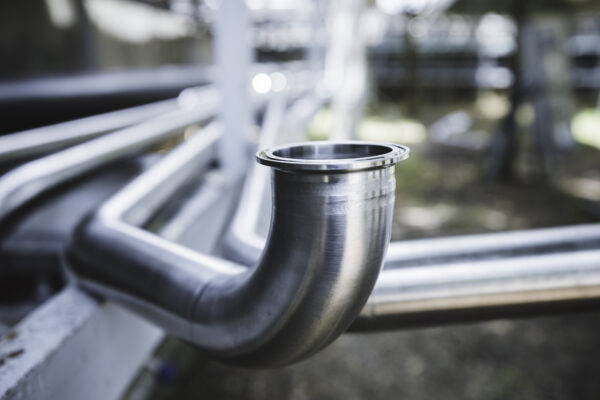1.5 From hidden drinking water network to full access for smart decisions

Challenge
Leakage and pipe failures in networks is a huge problem worldwide, since they cause energy losses, risk for quality and quantity problems and a waste of treated water. To reach a sustainable economic level of leakage the asset management must consider proper technical, socioeconomic and ecological parameters as basis for the decision support (Bruaset et al, 2018; Ganjidoost et al, 2018; Lee et al 2017). The detailed relation between external and internal factors effecting leaks must be visualised to allow for cost efficient maintenance and smart decisions.
The project
This project will therefore move forward the use of geographical information systems (GIS) to manage water, network data to facilitate decision support with special application for managing pipes and reduce leakage in the network. The project will implement modern digitalization support in the GIS system, so the asset managers can extract necessary plans for long-term maintenance of the water and sanitation networks. Thus, the true status of the water and sanitation pipe nets will be available to analyse on a daily basis. The industrial PhD-students will follow, describe and evaluate rehabilitation projects and maintenance programmes of the partner WS utilities, liaise with pipe assessment companies, GIS-suppliers, and pipe contractors, evaluate GIS-systems used for WS pipes and develop them for better and easier follow-ups of assessment and maintenance work, network analysis and editing and analysing data relevant for the pipes. Methods for condition assessments, maintenance and refurbishment of water pipes will be identified in the project and refined so they can be used by the municipalities. Existing methods for condition assessments used in Sweden or abroad will be integrated and needs for new methods will be described, of which at least three also will be tested in the project. Data lacking in the status evaluation will be identified in a study conducted with the stakeholders VA SYD and NSVA. The rehabilitation plan will be evaluated in the project Workshops arranged biannually will focus on the progress of the asset management plan, including economy and social sustainability. The project will find the technical and operational parameters that are critical to assess the maintenance needs of the drinking water network to support an integrated decision support method for water, sewage and stormwater (project 1.7 and 1.10). Methods to feed in digital data from sensors and background conditions in the networks to develop the asset management plan will be identified, for continuous improvements. One key area is to keep the plans as simple as possible, since the average municipality does not have a large group of engineers and technicians who can work daily with the asset management.
Expected results
The project will contribute to more sustainability efficiency by optimized and strategic maintenance will be performed at lower cost at higher service levels. The drinking water quality in the net will be improved and less leakage take place. A leakage reduction of 5% should be accomplished in the net once the work has been implemented.
Info
Project categories
Sustainable decision supportProject status
CompletedTimetable
2018 – 2022
Project manager
Kenneth M Persson, Lund University
kenneth.persson@sydvatten.se
Related projects
1.2a Biofilm growth and biostability in the drinking water network
1.6b Decision support for sustainable management of infiltration and inflow to wastewater systems
1.7 Improved decision support of existing water and wastewater networks
1E Decision support for water systems in a changing world
1F Opti-SENSE: Optimal placement of sensors in storm and wastewater networks
Partner
NSVA Nordvästra Skånes Vatten och Avlopp, Chalmers University of Technology, NTNU Norwegian University of Science and Technology, RISE Research Institutes of Sweden, Stockholm Vatten och Avfall, Norrvatten